Winter weather conditions can vary quite a bit depending on the region you live in, from constant rain and sleet to thick blankets of snow and black ice.
Then, sometimes it just gets plain cold, with little rain or snow, but perhaps some wind chill to drop things down to below zero. In any case, winter can bring some harsh weather in its wake, but you can prepare for it so that you and your family aren’t caught by surprise.
Clothing
Proper clothing is essential when you’re preparing for winter weather. In a region where the temperature regularly drops to below zero, layers of clothing including long underwear, sweaters and insulated jackets are strongly recommended. For quick and easy access, each member of the family should have a complete set of warm winter clothes (including good shoes and a jacket, if possible) stored in a bag in a designated area.
Don’t forget your head and feet, either; you lose a lot of body heat from the top of your head and the soles of your feet, so wear a warm hat and some comfortable, warm socks. By contrast, if you live in an area that experiences cold but extremely rainy winters without much snow or ice, you’ll need adequately waterproofed clothes, jackets and shoes particularly.
Keeping Warm
A lot of people take central heating for granted, but if the power goes out or you find yourself stranded in the cold and away from home (say your car broke down), you’ll need to stay warm.
Proper clothing will go a long way toward keeping you warm, especially if you dress in layers, but you can also carry instant heat pads (usually good for a few hours) or matches, a lighter, and/or a small firesteel or flint and striker for starting a fire. When the power goes out at home, if your home has a fireplace, you can keep your family and home warm with a fire.
In a post-SHTF scenario, or if the power were to go down for an extended period of time, a fire can also allow you to heat beds, cook food, and heat water for bathing.
Traditionally, a bed warmer was a specially designed pan that would be filled with hot coals and inserted between the sheets or under the mattress in order to warm or dry out the bed, today you can use a hot water bottle or a rubber bladder for the same purpose. In some countries, hot potatoes were also placed inside the pockets of travelers to help keep them warm over long distances.
Car Preps
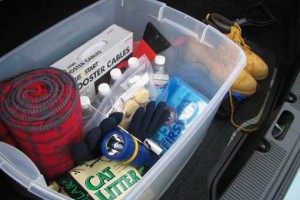 Keep your car prepared for winter by topping up oil, fuel, antifreeze and brake fluid levels. A good pair of winter tires is also highly advisable, especially in regions that are subject to snow or heavy rain. In areas that experience heavy snow, keep chains for your tires stored in your car. Since a winter storm may strand you under a variety of conditions, you may also wish to keep a small quantity of cash stored in your vehicle for use in an emergency.
Keep your car prepared for winter by topping up oil, fuel, antifreeze and brake fluid levels. A good pair of winter tires is also highly advisable, especially in regions that are subject to snow or heavy rain. In areas that experience heavy snow, keep chains for your tires stored in your car. Since a winter storm may strand you under a variety of conditions, you may also wish to keep a small quantity of cash stored in your vehicle for use in an emergency.
You can also keep a bag or two of cat litter or sand in the trunk of your car; if your vehicle gets snowed in or stuck, cat litter or sand can be poured around the tire to help it gain traction. Also, don’t forget some rock salt or another suitable de-icing agent if ice is a known risk.
Avoid traveling during heavy storms whenever possible, but always keep emergency supplies stored in your vehicle. Such emergency supplies should include water, something to eat, suitable warm clothes including gloves, a small shovel, road flares, a blanket or emergency space blanket, and a small medical kit, preferably with some form of instant-heating pack.
Home Preps
It may not cross your mind at first, especially if you rent a home or an apartment, but winter-proofing your residence can help immensely. To prepare your home or apartment for winter, you can check the glass and seal up any drafts around windows or doors that will let cold air in.
Storm glass or double-paned windows can provide additional insulation from the cold, while some cultures will hang heavy tapestries, rugs or animal skins on their walls for added insulation. A well-insulated or winter-proofed house can also save you money on your heating bill.
Power Outages
Assuming you don’t have a backup power source, be prepared for power outages during the winter by stocking up on plenty of batteries, candles, matches and lighters, as well as firewood if you have a fireplace.
A wood burning stove can be particularly useful if you have a power outage, since you can heat a substantial portion of your home while also cooking your meals or heating water for drinking and other uses. Another good item to have on hand is a decent emergency radio, battery powered and tuned to the local weather station for updates and news.
If you have no method of cooking your food during a power outage, be sure to have a well-stocked supply of non-perishable foods. Think along the lines of energy bars, powdered milk, cereal, trail mix, dried fruits, nuts, juice mix, and dried meat like jerky. Propane and charcoal can be used to cook outdoors, but should not be used inside as they are both fire hazards and potential sources of carbon monoxide, an odorless, deadly gas.
Stock Up
Pay attention to local weather reports during the winter, especially if you live in an area known to experience extreme winter weather. Meteorology may not be an exact science, but if a storm with a 200 mile radius is heading your way, it may be prudent to stock up and hunker down. Keep your kitchen and pantry well-stocked during the winter months, so that when a heavy storm comes through you don’t have to worry about getting things from the store.
Make sure you have plenty of food and other necessities for your pets, as well. You should also keep a stock of at least 2 weeks’ worth of any medications that you or a family member needs.
Bugging Out
Honestly, bugging out during winter is a pretty bleak prospect under most conditions. Still, if you’re faced with circumstances where you must bug out during winter, you can try to make the best of it. To start with, don’t attempt to bug out in the middle of a storm.
You’re better off hunkering down wherever you can in order to wait out the storm. If you must travel during a storm, try to wait for clear periods and breaks in the weather. Keep a shovel on hand in your home, and preferably also in your vehicle, so that if you get snowed in you can dig your way out.


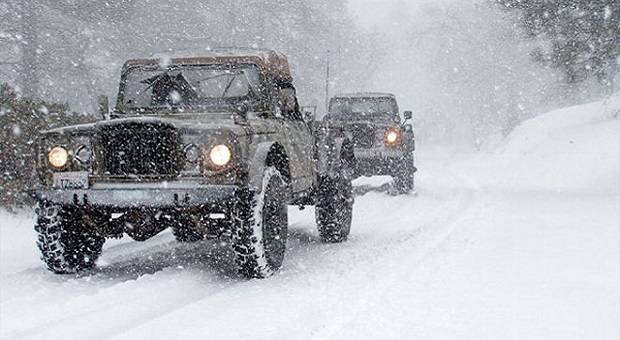



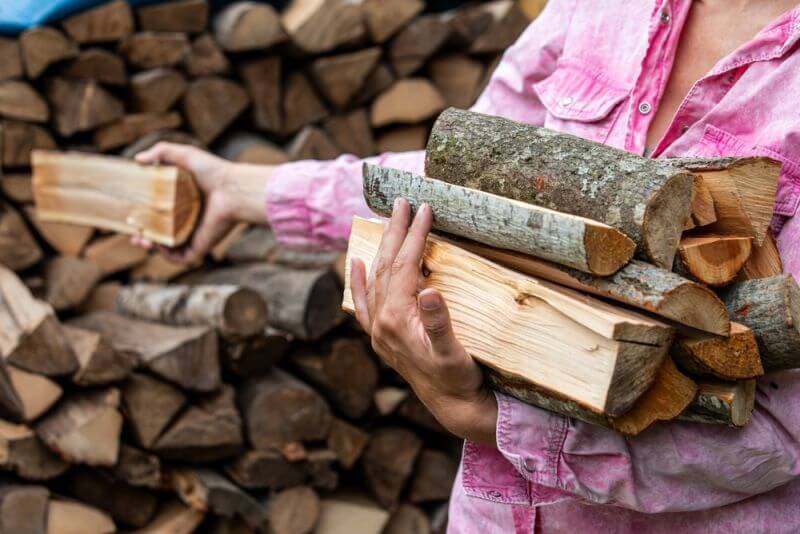
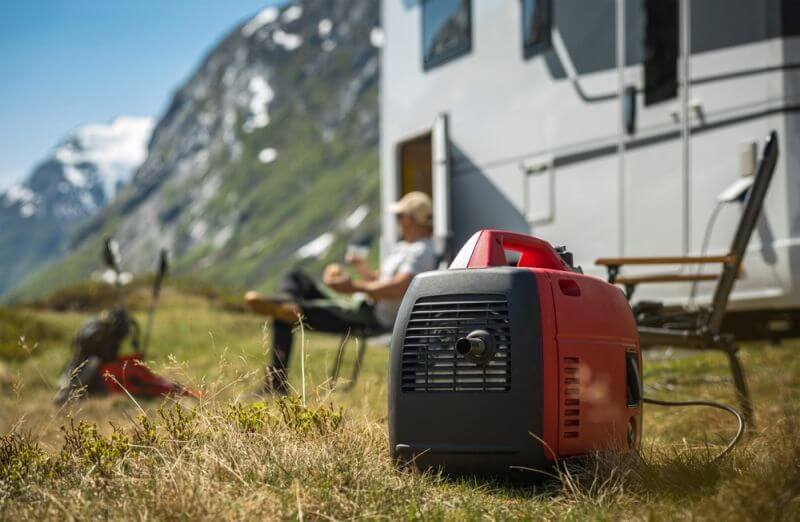
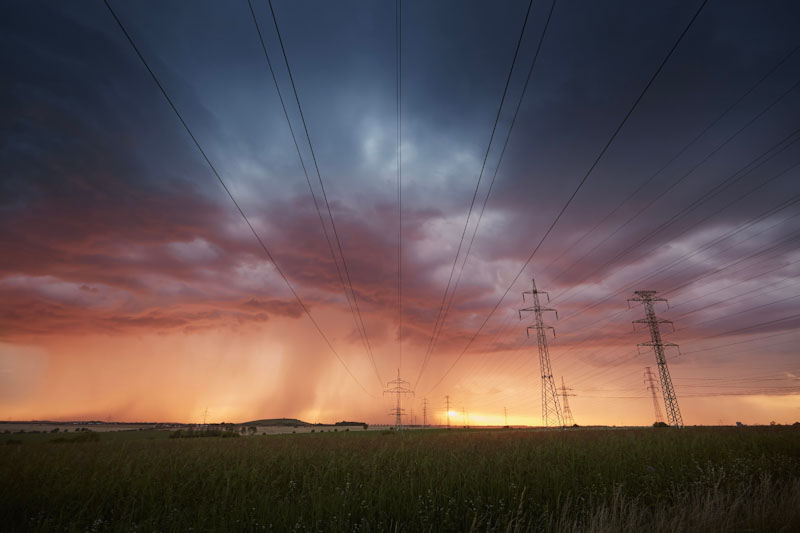

Carene Shaver | October 30, 2013
|
Make sure the cat litter is NON CLUMPING – clumping litter gets slick when wet.
Ellen | November 1, 2013
|
Windshield de icer works great. Keep a couple gallons in your vehicle.
I have front wheel drive. Pour a little around and in front of each tire.
Pour more around the passenger side front tire and make a trail several
feel long in front of it. It has never failed to work for me………..we
rural mail carriers have to go no matter what……….except when we had
a hundred year blizzard!!!!!
Tom Bennett AMSOIL JOBBER | October 30, 2013
|
Good common sense stuff. Also suggest bug out bag in vehicle at all times, this is in addition to your personal bug out bag.
Todd Greisen | October 31, 2013
|
Your car’s floor mats wedged under tires can give just the traction you need to get out of ruts when stuck in the snow.
TMS | October 31, 2013
|
As a teenage driver I didn’t fully understand the importance of (nor could I afford) good tires. I had tried the sand and cat litter as well as dirt and wooden boards under the drive wheels. I never had any success with that. Has anyone else had this work in slippery snow? I’m thinking that your floor mats would just spit out the other side as my boards did. These days I carry tow straps in my vehicles so that I can help other stuck drivers too.
Ken Kuczma | December 30, 2013
|
Tire chains are good to throw in the trunk. They are inexpensive and will provide traction regardless of the snow/ice or the tread on your tires.
bill in lexington | February 12, 2014
|
Bagged salt. It’s gotta be mighty darned cold for salt not to work. It either gives you traction (if it’s too cold to melt) or it melts you down to good road.
OTOH, if you slid off into a ditch, the best thing to have in your car is the number of a towing service (or a better equipped friend) and a cell phone. The days of nearby pay phones are gone.
Arkansas Cooke | November 12, 2013
|
Instead of cat litter or sand in your car, use fertilizer. You get the same grit as cat litter and when Spring comes, you can use it in your garden. No need to carry it in your care year around.
Great Grey | January 23, 2014
|
Of course bugging out in blizzard can get you past places that troublemakers usually patrol and make you hard to follow. You need very good navigation to do it, or you could get into big trouble. Or get stuck in drifts that are bigger than you expect.
Pingback:» Winter survival and blizzard prep tips | February 21, 2015
|
Pingback:Did You Know These Siberian Survival Secrets? | Survivopedia | December 20, 2015
|
Pingback:Did You Know These Siberian Survival Secrets? | Prepper's Survival Homestead | December 20, 2015
|
Pingback:Did You Know These Siberian Survival Secrets? | NewZSentinel | December 20, 2015
|
Pingback:Did You Know These Siberian Survival Secrets? | | disasterdefense.us | December 20, 2015
|
Pingback:Did You Know These Siberian Survival Secrets? - Backdoor Prepper | January 28, 2016
|
Pingback:11 Tips On How To Survive A Polar Vortex | Survivopedia | December 20, 2016
|
Pingback:First Aid During Winter: Can You Handle It? | Survivopedia | December 7, 2017
|
Pingback:Midwest Hit Again By Winter Storm | Survivopedia | April 13, 2019
|